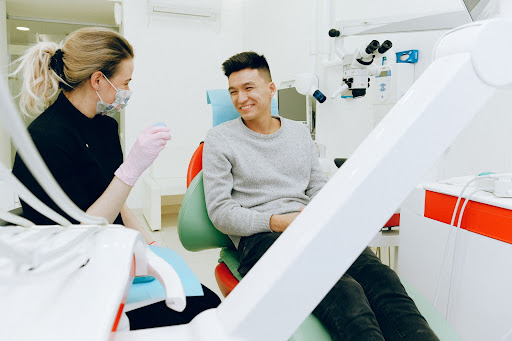In the world of contemporary healthcare the bond, between doctor and patient is crucial. It serves as a link that has the power to greatly influence the outcomes of treatment. However, throughout the years, this relationship has encountered obstacles as a result of elements such, as time, advancements in technology, and changes, in the healthcare systems dynamics. In this post, we delve into the complexities of the doctor-patient relationship, its importance, and effective strategies for restoring its strength and significance. Click here to learn more.
Table of Contents
Understanding the Doctor-Patient Relationship
For centuries the bond, between doctors and patients has served as the foundation of care. Trust, empathy, and effective communication form the foundation of this framework. When patients seek care they desire more, than treatment, for their physical ailments; they also seek reassurance that their worries and needs will be acknowledged and comprehended. However doctors primarily aim to deliver healthcare by comprehending the patients background, symptoms and individual preferences. A beneficial partnership, between the two parties results in patient satisfaction increased compliance, with treatment plans, and improved overall health outcomes.
Challenges to the Doctor-Patient Relationship
In our society, doctors frequently face time constraints because they must juggle the needs of patients, administrative duties, and paperwork. This time crunch can hinder the depth of interactions with patients, leading to a perception of being rushed. Moreover, although technological progress offers advantages it can occasionally hinder the development of connections. Patients may feel like mere data points in an electronic system rather than individuals with unique stories.
Strategies for Restoring the Doctor-Patient Relationship
Prioritize Effective Communication
Effective and compassionate communication forms the basis of a doctor’s connection. Doctors should allocate sufficient time for each patient, actively listen to their concerns, and address any questions they may have. Explaining medical information in understandable terms and involving patients in treatment decisions empowers them and reinforces their trust.
Embrace Technology Thoughtfully
While technology can streamline processes, it should not replace the personal touch. Incorporating electronic health records (EHRs) has the potential to improve care by offering a set of medical information. However, doctors should make a conscious effort to maintain eye contact and engage with patients rather than being absorbed in their devices.
Cultivate Empathy and Compassion
Empathy forms the foundation of a doctor-patient bond. Physicians can offer care by comprehending the facets of a patient’s condition. Engaging in gestures of compassion, such, as offering words of solace or demonstrating understanding contributes to the establishment of trust. Nurturing meaningful connections.
Allocate Adequate Time
Having an amount of time can negatively impact the quality of interactions. It is important for doctors to allocate time during appointments in order to address all concerns thoroughly. This method not enhances the bond, between doctors and patients. Also has additional benefits. Also reduces the chances of misdiagnosis or overlooking important details.
Personalize Care Plans
Each individual patient possesses their characteristics and it is crucial, for their treatment strategies to acknowledge this fact. Customizing the treatment choices to align with a patient’s preferences, values, and way of life fosters a stronger sense of involvement and dedication, towards the recommended plan.
Foster Continuous Education
Practitioners must ensure they stay updated on the advancements, in their field as it is of importance. By sharing this knowledge with their patients doctors show their dedication to delivering care. Patients value doctors who take the time to clarify the reasoning, behind their recommendations.
Address Feedback Constructively
Understanding the dynamic, between doctors and patients becomes significantly enriched by incorporating input. By addressing concerns and making improvements based on feedback we can strengthen the bond, between doctors and patients.
Conclusion
In the evolving landscape of healthcare the connection, between doctors and patients remains a factor, in influencing the quality of care and patient outcomes. By prioritizing communication, empathetic interaction, and individualized treatment doctors have the power to revive and enhance the doctor-patient relationship like never before. It is important to remember that medicine isn’t about expertise but also, about fostering genuine human connections.

